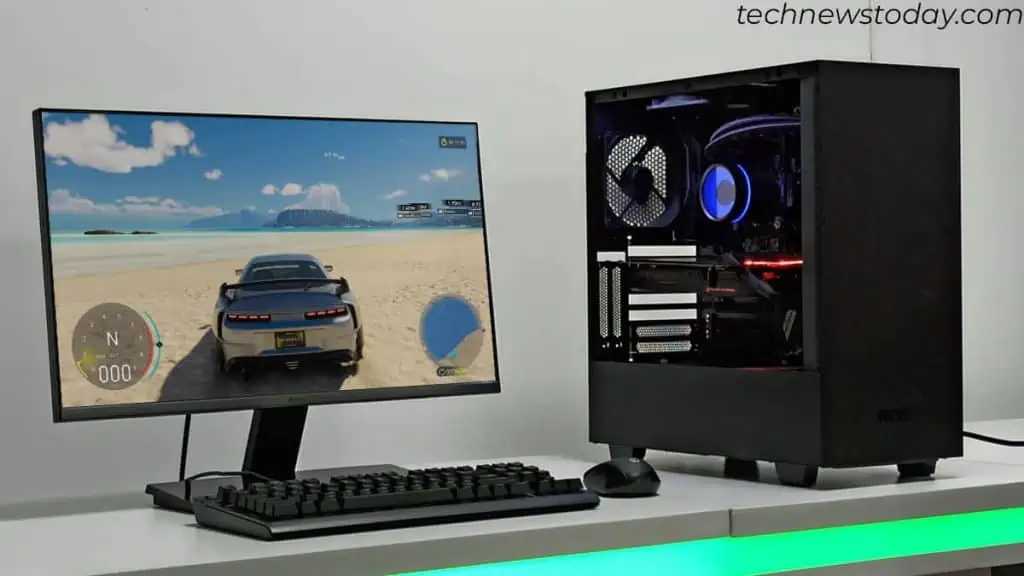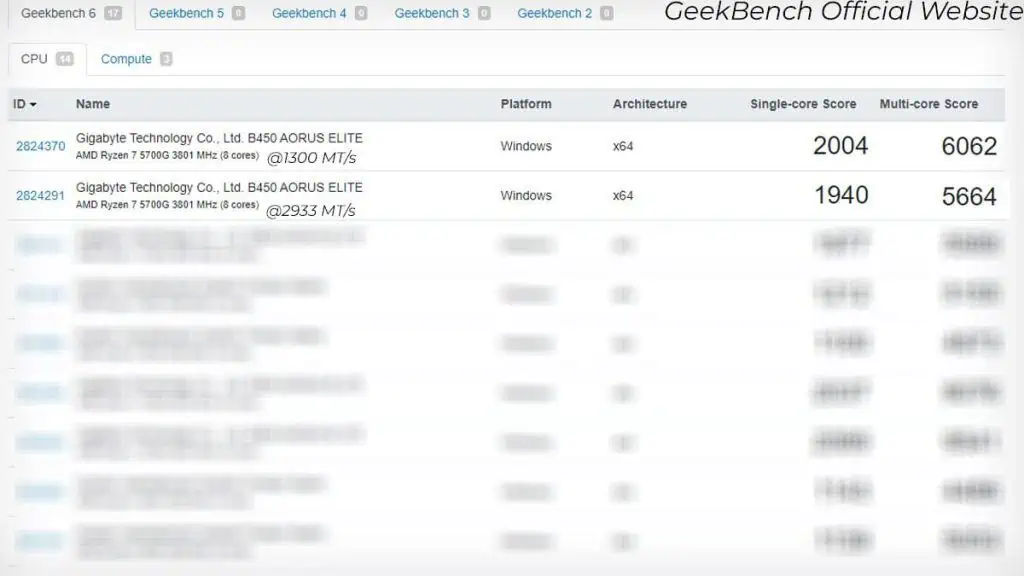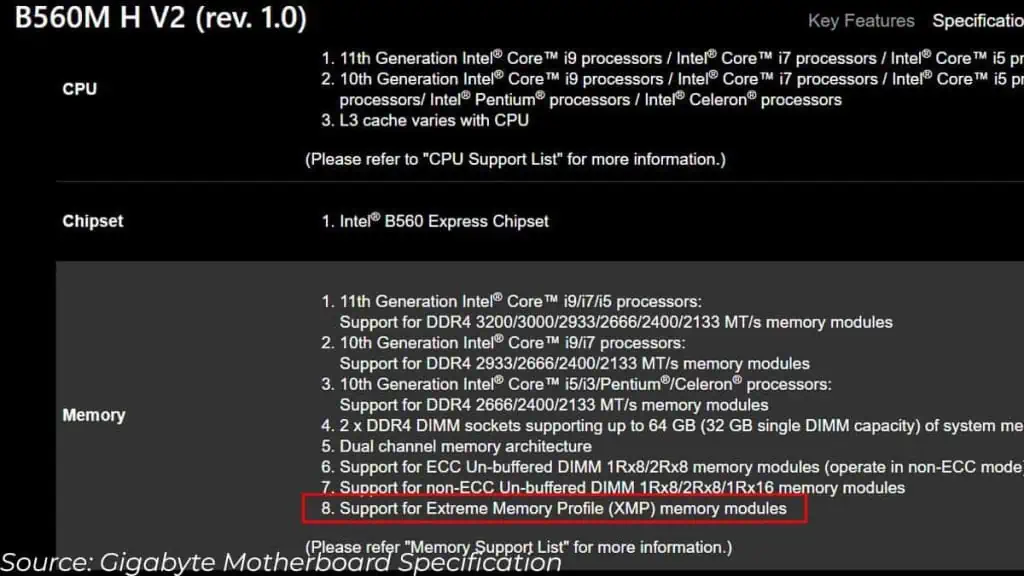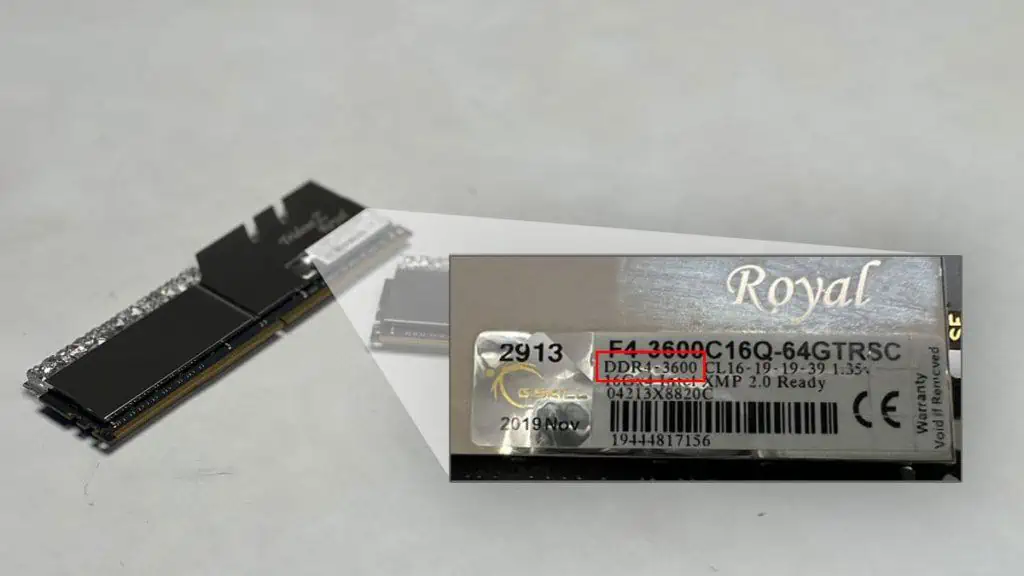A faster RAM is usually better compared to one with a lower speed. However, there are situations where installing a slower RAM makes more sense. It all depends on user requirements.
On an intensive workload system or gaming PCs, high-frequency RAM is recommended. However, for casual usage, you don’t really need it.
Another thing to keep in mind is its latency. If you want to improve system performance, consider getting a lower latency RAM.
Now, let’s look at some aspects where RAM speed matters and where it does not.
Times When RAM Speed Absolutely Matters
A higher RAM speed means the CPU can work much more efficiently. The processor does not have to wait on RAM to fetch data and can execute instructions on data much faster.
Here are a few instances where this particular action comes in handy.
Server and Workstation System
High-speed RAM is necessary for servers/database computers where the central system interacts with numerous users.
In such a scenario, the processor constantly accesses data stored and makes them available to multiple users.
Real-Time Data Processing
A high-speed RAM along with a lower CAS latency is recommended when handling real-world constraints.
A system that processes data in real-time is included in this category. This could be systems like traffic monitoring, gesture recognition, etc.
Here, even a little speed boost would mean a significant improvement. A RAM with higher speed means a little delay and a faster system.
Intensive Gaming

If you are an avid gamer, you probably want the most out of your system to improve those frame rates.
Faster RAM means higher frame rates as information is transferred much quicker. However, the amount of FPS gain (or drop) depends on the game.
Recently, after I upgraded my memory from 2600 MT/s to 3600MT/s, I experienced about a 15-20 FPS boost in 0.1% lows in some games.
Increasing RAM size and speed primarily increases your 1% and 0.1% lows. Therefore, most game feels smooth and responsive even if the average FPS stays the same.
How RAM Speed Affects CPU Performance
To find out how much variable RAM speed affects CPU performance, I performed a simple GeekBench test on my work PC with a Ryzen 7 5700G and 8GB RAM.
I ran the test at two speeds, 1300 MT/s and 2933 MT/s at the same CAS Latency of 18, and memory timing was left untouched.

As you can see from the small test above, faster RAM speed improves your CPU performance. But whether you need it comes down to your workload.
When RAM Speed Doesn’t Matter Much
You will find plenty of scenarios where you can install RAM with decent speed and still use the PC efficiently. Here are a few of them.
For Casual Usage

Productivity applications and casual internet browsing won’t require crazy fast RAM. You can efficiently work and run software on a system running a 2400/2666 MT/s RAM.
You can even do some light to moderate gaming and get decent FPS.
For Budget Build
The price difference in a DDR4 2666 MT/s and 4400 MT/s is incomparable. It is best to choose RAM with a lower speed if you are on a budget.
Getting faster RAM won’t always result in a performance increase.
You will find that the higher-speed RAM is much costlier compared to a slower one with similar capacity. This is where you can cut costs and allocate more budget to the CPU or the GPU.
For Incompatible System

Only motherboards and CPUs that support XMP run your RAM at its advertised speed. Otherwise, it will be limited to the slowest component.
A Few Things to Consider Before Going for High-Speed RAM
A higher-speed RAM does not always guarantee a faster system. You also need to keep RAM’s latency/delay into account.
Unlike RAM speed, where a higher number is better, a lower is better in the case of CAS Latency. But as RAM speed increases, CAS Latency also increases.
So, you need to find a sweet frequency-latency spot.
For maximum performance, stay in the range of 3200-3600MT/s with 16-18 CAS Latency for DDR4.
For DDR5, stay in the 5600-6000 MT/s range with 30-40 CAS Latency.
You can go higher, but higher RAM speeds will have a diminishing price-to-performance ratio.

